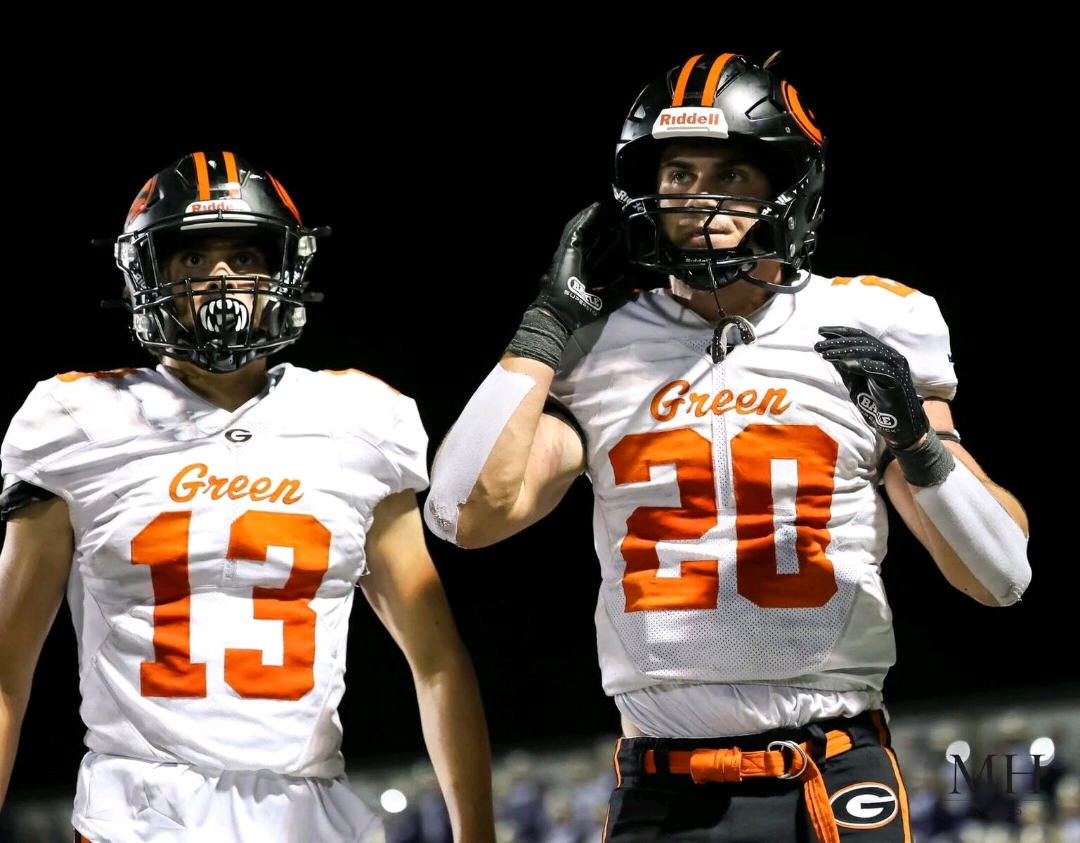Every four years in the United States, the people get to exercise their political rights through the electoral process in choosing the President. This election is, in its most basic form, split into two stages. The first stage is gaining the party nomination, and the second stage is winning the general election. So, what is the difference between these, and how is someone picked as the presidential candidate for a party?
About two years before the election, candidates of the two major parties begin their campaign trail. They organize teams and go on tour across the country in an attempt to gain the support of the people. At this time, candidates typically choose to focus on key states such as Iowa, New Hampshire, and South Carolina. At this point it is important to note that there are some requirements to be a presidential candidate, outlined by the Constitution. In order to run, you must be a natural-born citizen of the U.S, meaning you were a citizen of the United States at birth, at least 35, and have been a resident of the US for at least 14 years. If, at birth, either of your parents are a United States citizen, or you are born on United States soil, you are considered a natural born citizen.
The first formal step in the process of electing the President is the party primaries and caucuses. A primary is a direct election, similar to the general election, in which people across the state vote for who should be the Presidential candidate for their party. Primaries are split into two types: open primaries and closed primaries. In a closed primary, such as in Ohio, you must be a declared member of the party in order to vote for their presidential candidate, but anyone (even members of the other party) can vote in an open primary. Some states, notably Iowa, use a caucus instead of a primary. In a caucus, party voters meet locally to debate issues and cast votes to a district convention, which then selects delegates to the state delegation, which in turn selects delegates for the national convention.
Even though primary and caucus ballots have the name of candidates, voters are instead voting for delegates of your state who will go to the national party convention over the summer, where they will vote for the candidate at the national level. At the National Convention, these delegates from each state select the candidate for the party, who will run against the other candidate in the general election.
President Biden has faced very little opposition in the Democratic primaries, so far winning 91 delegates, with no other candidate winning a single delegate in any state.
There is, however, some competition within the Republican party. The Iowa Republican caucuses were held January 15, where former President Donald Trump won 20 of the 40 available delegates, Florida Governor Ron DeSantis won 9 delegates, former UN ambassador Nikki Haley won 8 delegates, and Vivek Ramaswamy won 3 delegates. Of these candidates, DeSantis and Ramaswamy are no longer seeking the Republican nomination.
In New Hampshire, Trump won 13 delegates and Haley won 9 delegates. In Nevada, both caucuses and primaries are held. A caucus is held by the party and has delegates for the national convention at stake, while the primaries are mandated by state law, but have no effect on the nomination process for the Republicans. Trump will be the only major candidate on the caucus ballot, guaranteeing him the delegates from Nevada, while Haley was the only major candidate in the Nevada state primaries – where she won 30.5% of the vote, losing to “none of these candidates,” at 63.2%. To this point, Trump has won 33 delegates, and Haley has won 17, but with primaries and caucuses running until early June, and the leading candidate, Trump, at 33 delegates, as of now 1182 delegates behind the 1215 needed for the candidacy, it is impossible to tell who will be the Republican candidate.






























